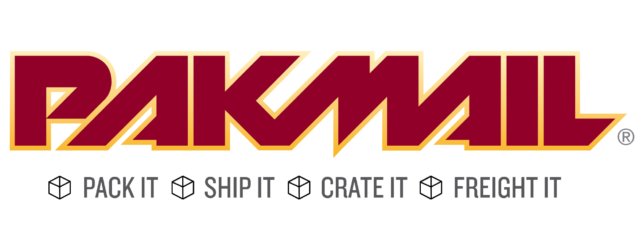What in the World are we Shipping?
An Antique 1900s Goat Cart! 🐐🛒
Shipping an Antique 1900s Goat Cart: A Closer Look
Part 1: The Unique History of the Antique Goat Cart
Stepping back into the late 1800s and early 1900s, goat carts stand as fascinating relics of rural life and functional craftsmanship. These rustic carts were primarily designed as small, utilitarian vehicles pulled by goats and other small animals. While their exact role varied, historical images suggest they were often used by farmers for light transport tasks, garden work, or even as decorative props. By the mid-20th century, goat carts transitioned largely into collectibles, prized for their vintage charm and their representation of early farming life. This particular goat cart being shipped carries a sense of authenticity and history, with its original metal wheels and aged wooden frame displaying clear signs of wear and character from over a century of existence. While its wood has weathered with time and the original functionality is long gone, collectors and enthusiasts now treasure these carts for their aesthetic and historical significance. They symbolize a bygone era of rural ingenuity and craftsmanship, where even the humblest tools were designed with care and endurance. What makes this particular cart even more special is its personal connection—being passed down as a family heirloom from one generation to another. It reflects how sentimental and historical value often merge in artifacts such as these, making them even more meaningful than their monetary worth. Shipping such an item safely is not only about logistics; it’s about preserving a piece of someone’s heritage—and that history needs to arrive intact.
Part 2: Packing and Shipping an Antique Goat Cart
Transporting a delicate antique like a 1900s goat cart demands specialized care and expertise. Its fragile, aged wood and protruding edges require robust protection to prevent damage during transit, and its historical value necessitates a thoughtful, white-glove approach throughout the process.
Step 1: Assess and Prepare the Cart
- Disassembly (If Possible): Removing detachable parts like handles or wheels minimizes the risk of breakage. For the goat cart, the handle is removed and laid flat within the cart itself, reducing the item’s footprint and sharp edges.
- Documentation: Document the cart’s condition with photographs before packing. This step is crucial for both insurance purposes and pre-shipping consultation with the recipient.
Step 2: Initial Wrapping with Protective Materials
The first layer of protection starts with soft cushioning materials:
- Blanket Wrap: A heavy-duty moving blanket envelops the entire cart, protecting it from direct contact with harder packing materials. This layer absorbs shocks and guards against superficial scratches.
- Styrofoam or Soft Polyfoam: Foam padding is strategically placed around protruding edges or fragile areas, such as the corner joints and wheels. This prevents the cart from shifting and ensures awkward edges don’t puncture the wrapping materials.
Step 3: Custom Boxing
Given the goat cart’s irregular shape and size, a custom-built heavy-duty double corrugated box provides the ultimate structural support:
- Sized for Perfect Fit: The box is specifically crafted to accommodate the dimensions of the cart, ensuring minimal movement during transit. Empty spaces within the box are filled with loose-fill peanuts to provide shock absorption.
- Reinforced Edges: Double corrugated cardboard adds durability, ensuring that the box can withstand the cart’s weight without collapsing or tearing.
Step 4: Palletizing for Freight Shipping
Due to the cart’s size and fragility, it’s secured on a pallet alongside other freighted large furniture items:
- Stable Load Securing: The cart inside its box is anchored to the pallet using industrial-grade straps to keep it stable during transit.
- One-Inch Styrofoam Layers: A Styrofoam base beneath the box adds an additional buffer to protect the cart from vertical impacts or sudden drops.
Step 5: Labeling and Shipment
The final step is precise labeling:
- Mark the box with “FRAGILE” and “THIS SIDE UP” to inform handlers of its delicate contents.
- A detailed inventory and shipping manifest accompany the shipment, ensuring smooth customs clearance if needed or a receiving report by the recipient.
Conclusion
Shipping a piece of handcrafted history, like this antique 1900s goat cart, is an intricate process that prioritizes not only the safety of the item but also the preservation of its legacy. From its original hand-forged wheels to its timeworn wooden body, this goat cart embodies rustic nostalgia and historical value. Its journey from one family member to another ensures that its story will continue to be cherished for generations. By following meticulous packing techniques—such as soft wrapping, custom boxing, and palletizing—this heirloom arrives ready to take its rightful place in a new home, sparking conversations and admiration among collectors and historians alike. At PakMail Colorado Springs, we pride ourselves on safeguarding treasures like these because we understand that shipping antiques is not just about moving objects—it’s about preserving stories.

